https://www.youtube.com/watch?v=8_LL5wzr53c
Superstition - Learn Funk Piano
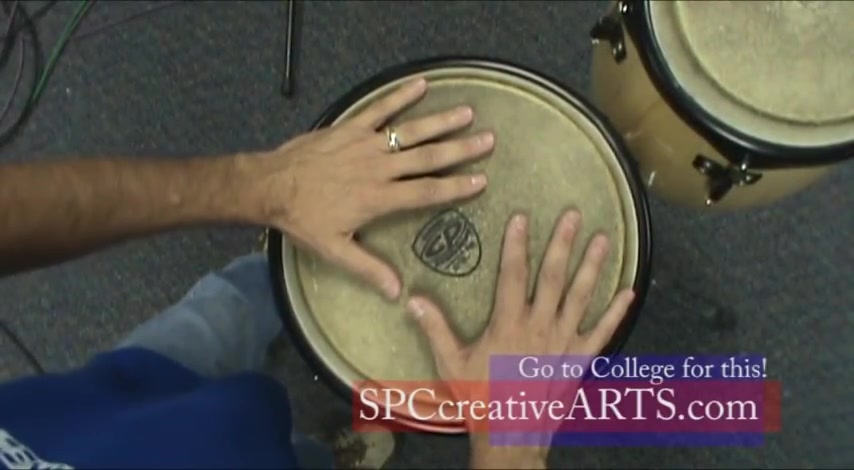
The thing about playing funk music is uh the way you're subdividing time and the way your hands feel when you're on the keyboard , playing a clavinet or a keyboard , the way you're getting those weird and cool um upbeat rhythms and stuff is the way your hands are working the keys , not just playing the notes , but the percussive nature of how your hands are working .
And a lot of times it's a matter of the way the digits are hitting the keys and it's a lot like you approach playing a conga drum , which is why I'm on a conga drum right now .
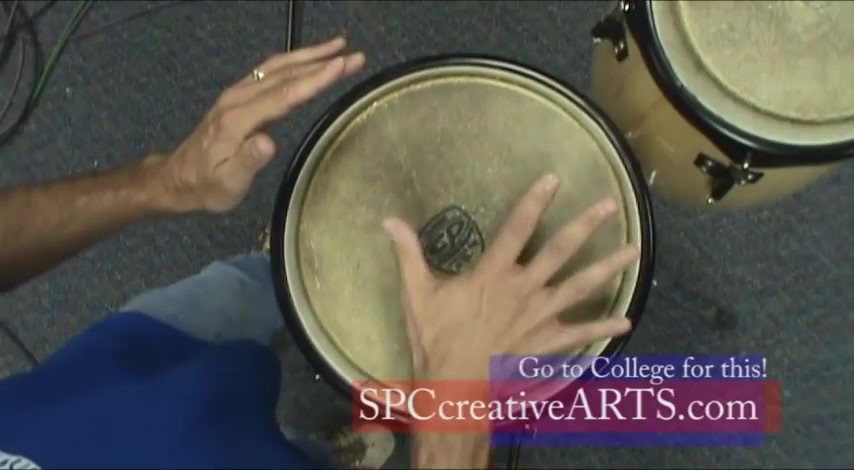
But if you can just practice some hand , this is one of the main movements when you're , when you got your thumb and you're pinky on an octave on the keyboard and you're playing , that's the kind of hand motion and you notice that conga players subdivide in a real similar way on the drum .
And so when we're addressing the keyboard for something like superstition , which is an E flat minor , an E flat minor is a really great key , especially if you're blind .
Who knows why Stevie Wonder uh sings a lot of his songs on this key because it feels great .
It feels you can find the notes really easily .
And that's , uh , part of the reason why this is such an easy lick to play .
The thing about that recording though is that it's really involving , uh , three or four clavinet tracks .
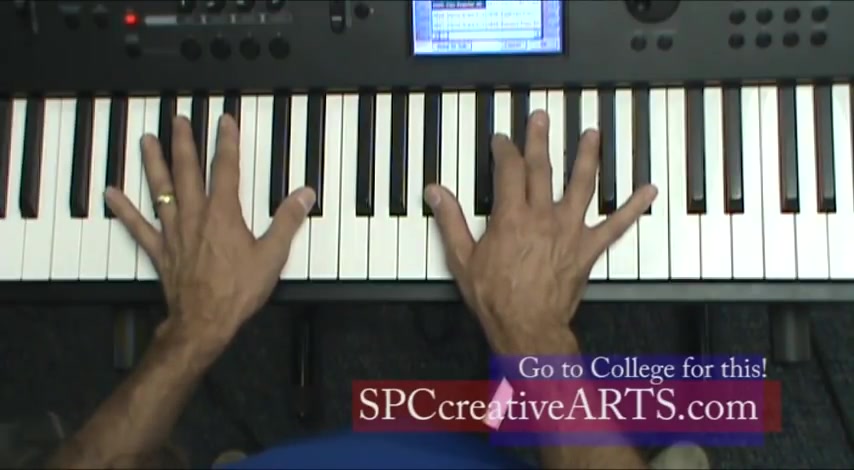
So in order to kind of approach it , we're gonna kind of , uh do a little bit of , uh , I guess , uh , an adjustment to let us have a little more of what's going on at the same time , but not really playing exactly what's being played because the , like I said , there's several tracks and if you're the only keyboard player in the band playing Superstition , you kind of have to accommodate a few things .
So what we're gonna do first is look at what we did with the conga with octaves .
You can kind of start doing the same exercise with your fingers as you did on the conga .
If you wanted to do pinky thumb , pinky thumb or the other way or pinky thumb , pinky thumb .
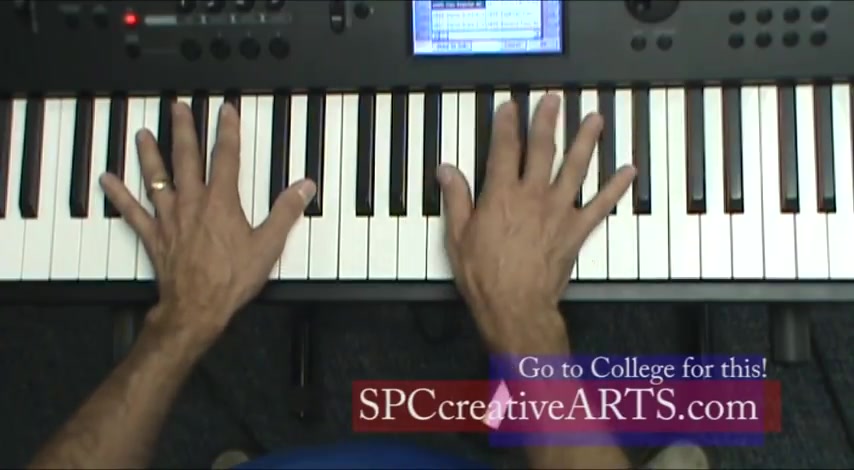
If you can keep these things kind of steady , then you're already entering into what's necessary to play a funky class part because all these notes and these upbeats and things that are happening are just subdivisions of sixteens .
Usually if you're going 1234 and the subdivisions are one and two , see what I'm saying .
So when you got a part that's got several complex things happening at the same time , you're always thinking about that one E end to two E and three en to four E end of feeling .
But it's a feeling rather than something you're just really conscientious of in terms of time .
It really , it's how it feels under your hands like it does on a conga drum .
So if I start to play that main riff in the line of uh superstition , it sounds like this .
OK .
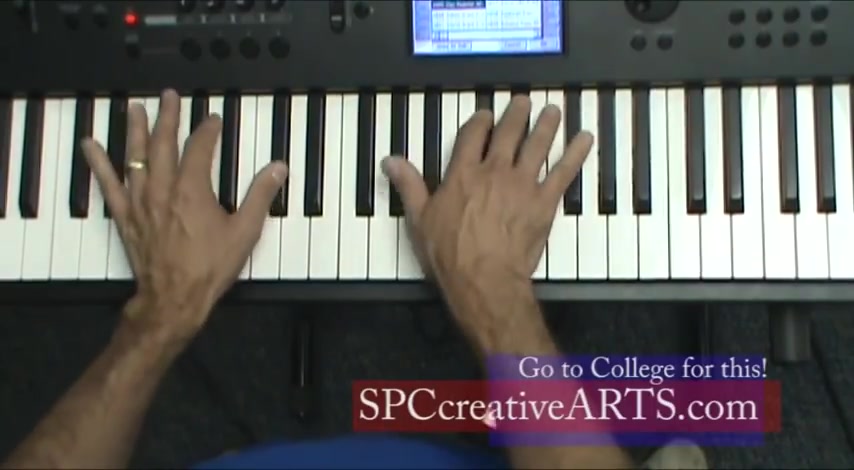
The thing that makes that funky though is everything else that's happening around it .
There's a base line , the base is doing this .
The good thing is in a band .
I don't have to worry about playing that because the bass player is already playing that for me .
So it frees me up to play a few other things around that principle uh or bass note that's happening .
So what I can do is maybe use this thumb and kind of augment rhythmically , things that are happening here like this .
And this is still going back to this whole two hands , thumb and pinky , these subdivisions that you're feeling that you can practice on the drum or practice on a table top , kind of get you to where you start feeling some of these subdivisions in there .
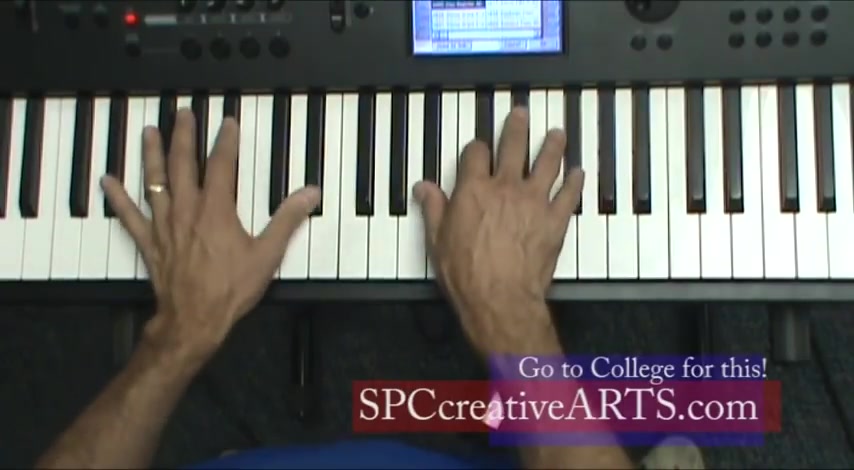
And then you work that into the line and then we start kind of embellishing that a little bit and adding a little more of the back and forth twiddly kind of stuff with these octaves and maybe even that note right there .
Are you looking for a way to reach a wider audience and get more views on your videos?
Our innovative video to text transcribing service can help you do just that.
We provide accurate transcriptions of your videos along with visual content that will help you attract new viewers and keep them engaged. Plus, our data analytics and ad campaign tools can help you monetize your content and maximize your revenue.
Let's partner up and take your video content to the next level!
Contact us today to learn more.